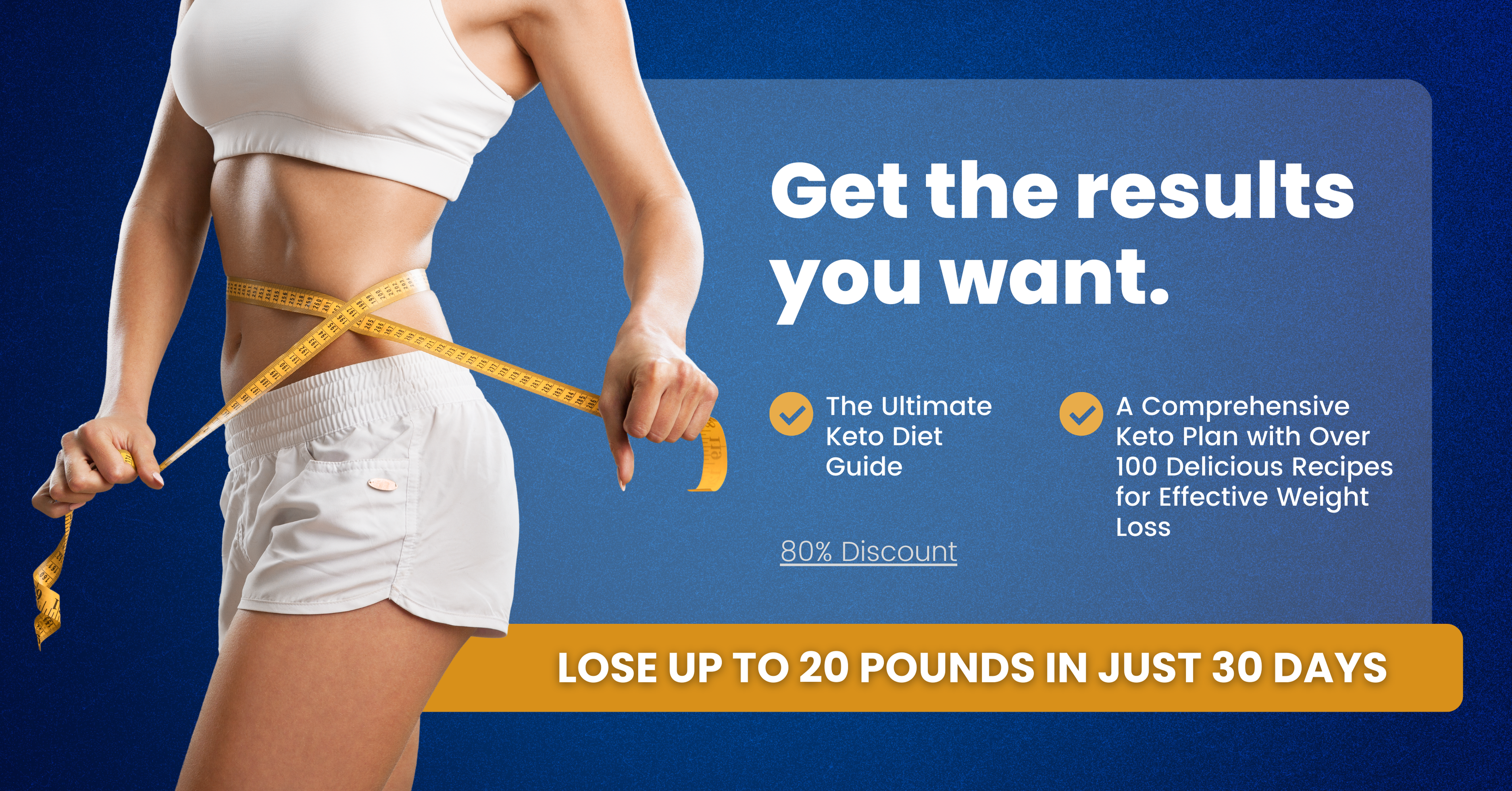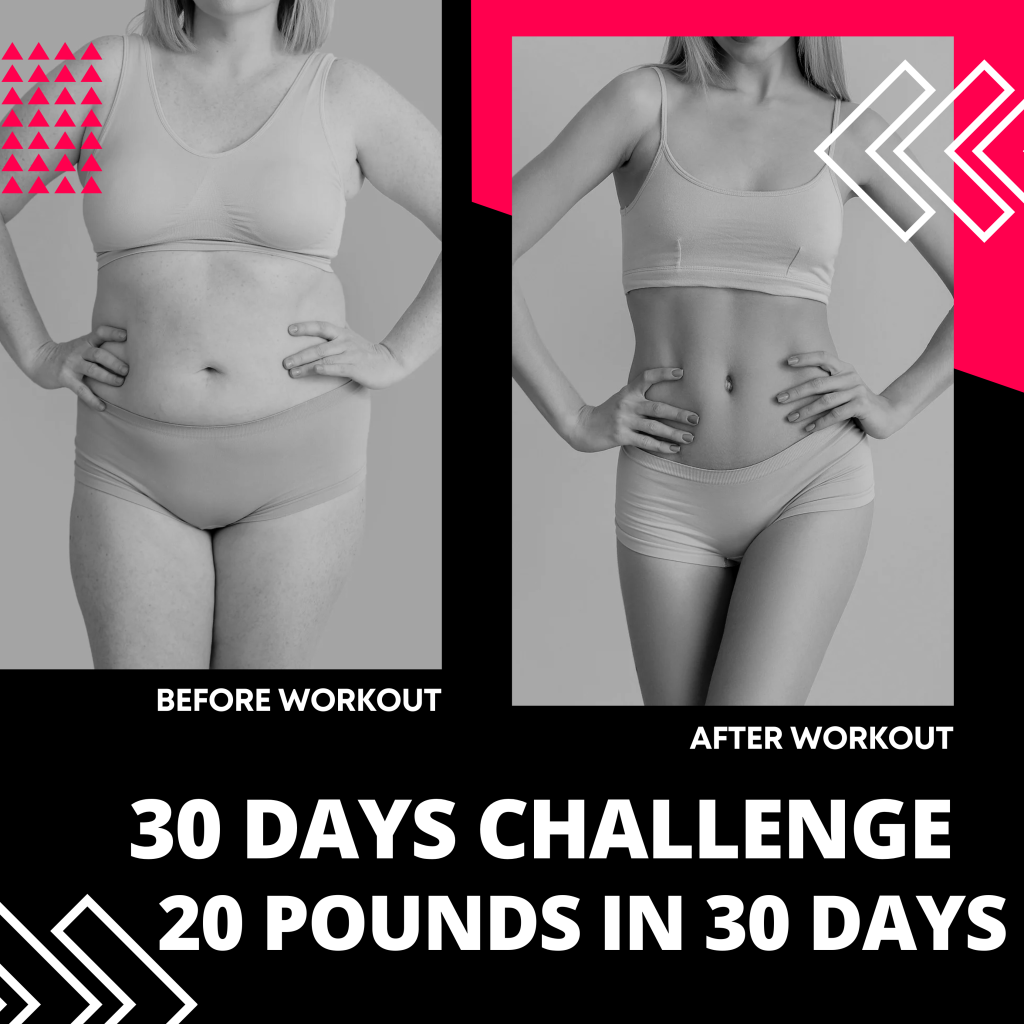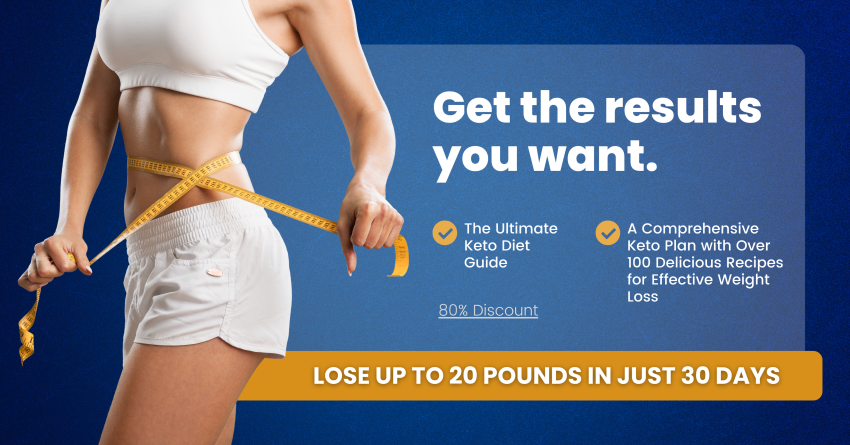

The keto diet has gained immense popularity in recent years as a way to promote weight loss and improve overall health. This high-fat, low-carb diet has been praised for its ability to help people shed excess pounds, increase energy levels, and even reduce the risk of chronic diseases like diabetes and heart disease. However, for beginners, the thought of completely changing their eating habits can be daunting. Here’s a beginner’s guide to unlocking the benefits of the keto diet.
1. Understand the Basics: The keto diet is a high-fat, low-carb eating plan that focuses on cutting out carbohydrates and replacing them with healthy fats. This means consuming foods like meat, fish, eggs, nuts, seeds, and low-carb vegetables, while avoiding grains, sugar, and starchy foods.
2. Get Into Ketosis: The key to the keto diet is getting your body into a state of ketosis, where it burns fat for fuel instead of carbohydrates. This typically takes a few days to a week of cutting out carbs and increasing fat intake. To speed up the process, some people choose to supplement with exogenous ketones or MCT oil.
3. Monitor Your Macros: To stay in ketosis, it’s important to keep track of your macronutrient intake. A typical keto diet consists of about 70-75% fat, 20-25% protein, and 5-10% carbs. Using a food tracking app can help you stay on track and ensure you’re hitting your macro goals.
4. Stay Hydrated: One common side effect of the keto diet is dehydration, as the body uses up glycogen stores and sheds excess water weight. To combat this, make sure you’re drinking plenty of water throughout the day and consider adding electrolyte supplements to your routine.
5. Focus on Whole Foods: While it may be tempting to rely on processed keto-friendly snacks and treats, the best way to reap the benefits of the diet is to focus on whole, nutrient-dense foods. This means choosing grass-fed meats, wild-caught fish, organic vegetables, and healthy fats like avocado and coconut oil.
6. Listen to Your Body: As you transition to the keto diet, it’s important to listen to your body and make adjustments as needed. Some people may experience side effects like fatigue, headaches, or digestive issues as they adapt to the new way of eating. If you’re feeling off, consider tweaking your macro ratios or adding in more fiber-rich foods.
7. Be Patient: It can take time for your body to fully adapt to the keto diet and start seeing results. Be patient and stick with it, even if the scale isn’t moving as quickly as you’d like. Many people report feeling more energized, focused, and satiated on the keto diet, even if weight loss is slower than expected.
In conclusion, the keto diet can be a powerful tool for improving your health and reaching your weight loss goals. By following these tips and staying committed to the plan, you can unlock the many benefits of this popular eating approach. Remember to consult with a healthcare professional before making any drastic changes to your diet, especially if you have underlying health conditions or are pregnant or breastfeeding.






